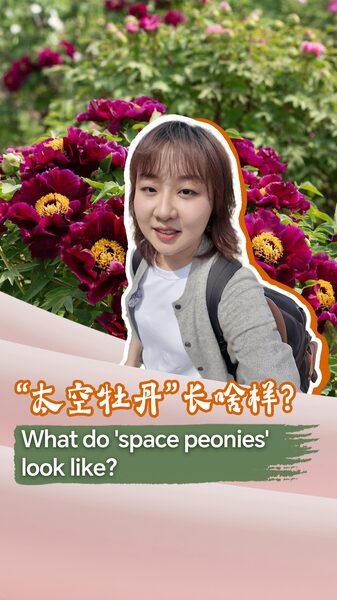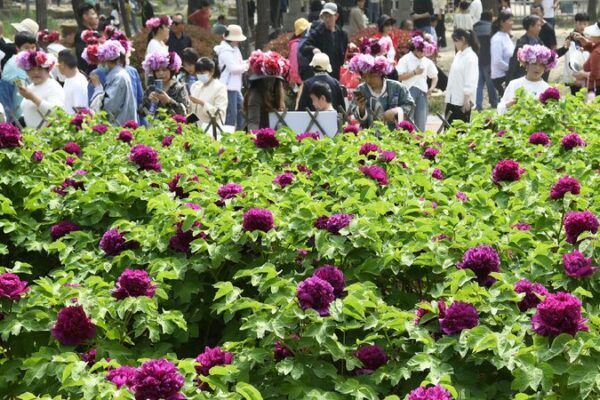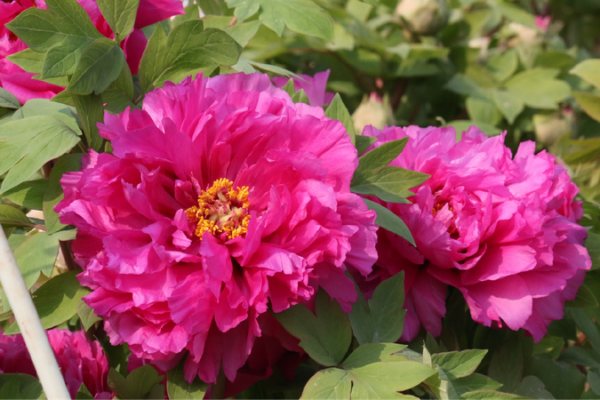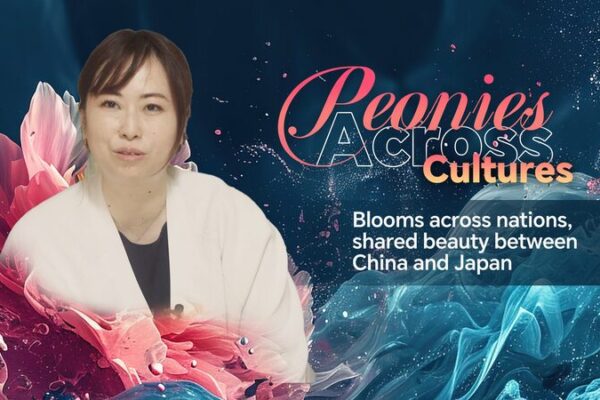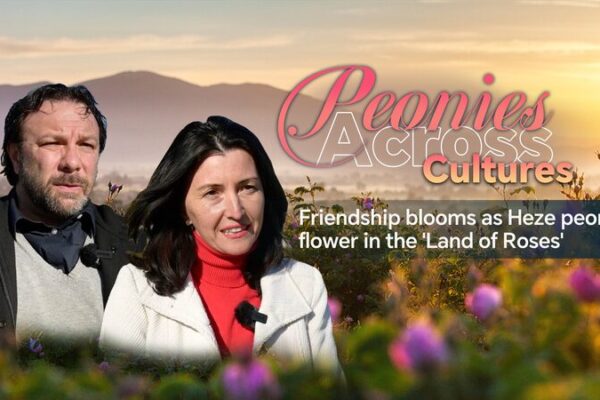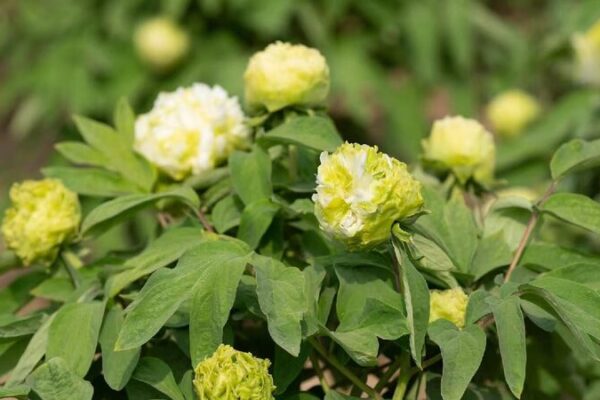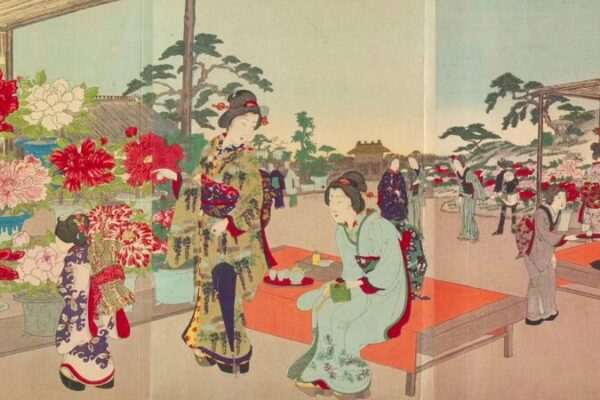Heze City, the Chinese mainland — In 2002, China’s Shenzhou-3 crewed spacecraft carried 200 peony seeds into space, orbiting Earth for six days and 18 hours. Today, two decades later, those seeds have blossomed into 400 vibrant “space peonies,” captivating scientists and flower enthusiasts alike.
The peony, known as the “king of flowers” in China, holds significant cultural importance. The space voyage exposed the seeds to cosmic radiation and microgravity, leading to unique genetic variations. These “space peonies” display unprecedented colors, petal formations, and resilience compared to their Earth-grown counterparts.
“The space environment has induced mutations that we could never achieve on Earth,” said a botanist at Baihua Garden. “These peonies are not just beautiful; they’re a symbol of scientific progress and exploration.”
Residents and visitors in Heze City, often hailed as the peony capital, can now witness these extraordinary flowers in full bloom. The success of the space seeds has opened new avenues for agricultural innovation and cross-disciplinary research between space science and botany.
The blooming of the “space peonies” stands as a testament to human curiosity and the endless possibilities that space exploration offers for life on Earth.
Reference(s):
cgtn.com
